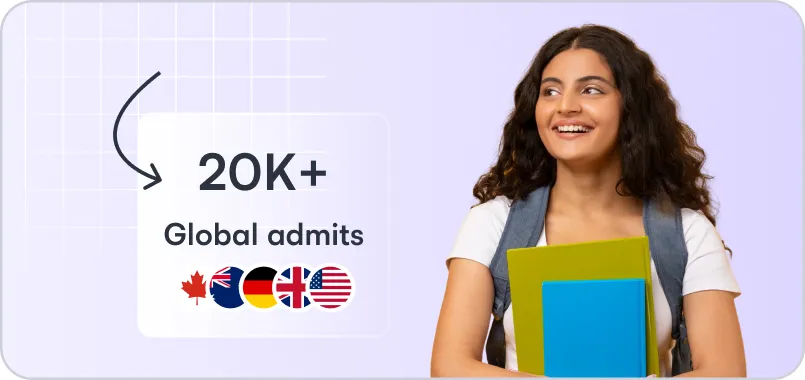Filling out the DS-160 form is a straightforward process. It’s important to complete the form accurately and in English, even though translation options are available. Follow these steps to fill up your DS-160 form:
Step 1: Start a New Application
Begin by visiting the Consular Electronic Application Center (CEAC) on the U.S. Department of State website. Click on “Start a New Application” to initiate your DS-160 form.
Step 2: Save Your Application ID
Once you begin, you’ll see an Application ID at the top right-hand corner of the page. Make sure to note this down or take a screenshot—it’s essential for retrieving your form later if you need to pause and continue later.
Step 3: Enter Your Details Carefully
Proceed to fill out the form, page by page, following the on-screen instructions. You’ll be asked about your details, travel plans, passport information, family background, and more. Answer every question honestly, leaving anything blank may result in processing delays or rejection.
Step 4: Digitally Sign the Form
After completing all sections, you’ll be prompted to digitally sign the application. Click on “Sign Application” to proceed. This confirms that the information provided is accurate and truthful.
Step 5: Review Before Submitting
Before hitting the Submit button, double-check all your answers. Once submitted, you cannot edit the form, so it’s critical to ensure everything is correct.
Step 6: Print the Confirmation Page
After submission, a confirmation page with a barcode will appear. Print this page—it’s required for scheduling your visa interview and must be brought with you to the U.S. Embassy or Consulate.








